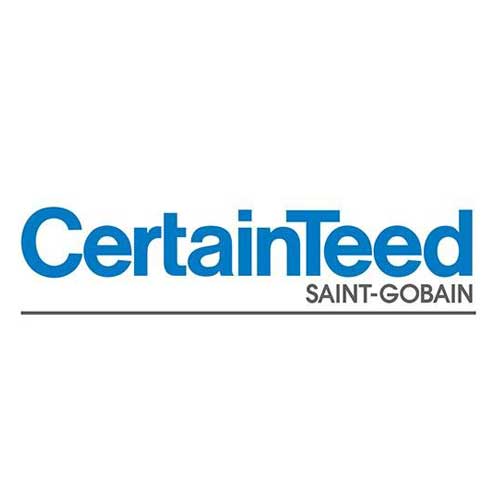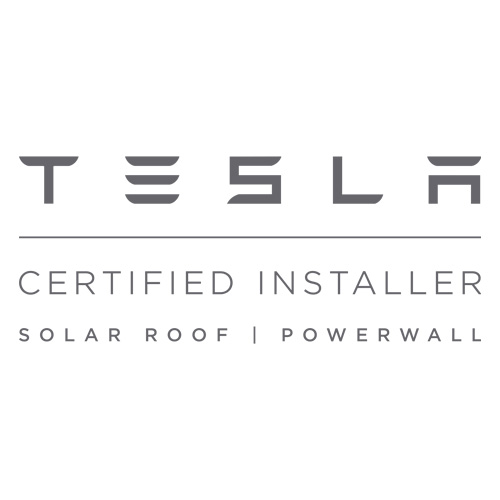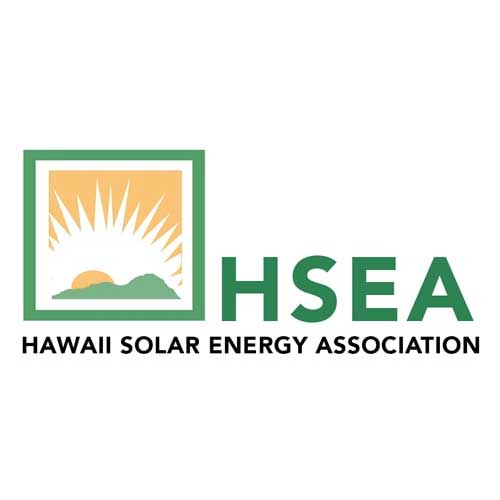Is it worth it to get Solar Panels in Hawaii?
Hawaii is known for its beautiful beaches and stunning landscapes, but what many don’t know is that it is also one of the best places to get solar panels. With a great deal of sunshine and plenty of incentives from the state, installing solar panels can be incredibly beneficial for homeowners in Hawaii.
But is it worth it to invest in solar panel installation in Hawaii? Let’s take a closer look at the benefits and drawbacks of investing in a residential solar system in this sunny state.
Benefits of Installing Solar Panels in Hawaii
The most obvious benefit of installing solar panel systems in Hawaii is that there is no shortage of sunshine. With over 250 days of sun each year, there are more than enough days to make an investment in Hawaii solar panels worth it.
Additionally, since electricity rates tend to be quite high across the entire state, installing solar panels could potentially save homeowners thousands of dollars on their utility bills each year.
Not only will you be able to reduce your high electricity prices with residential solar installations in Hawaii, but you can also take advantage of Federal solar tax credit from both the federal government and the state of Hawaii.
The Federal Solar Investment Tax Credit (ITC) offers homeowners a 26% tax credit on all residential solar systems installed from your reputable solar installer before December 31st 2021. The state offers an additional 35% federal tax credit for residential installations up to $5000 as well as other incentives like rebates for net metering and renewable energy credits.
Cost Savings
One of the biggest advantages of going solar is that you can save up to thousands of dollars on your electricity bills each year. In addition, with the Hawaii solar panels cost dropping dramatically over the last decade, you can get a return on your investment much faster than ever before. Furthermore, those who install solar panels are eligible for state and federal tax credits, which can help offset installation costs.
Environmental Impact
Solar energy does not emit any pollutants into the atmosphere like other forms of solar power production do, making it an incredibly clean source of power. It also helps reduce our dependence on fossil fuels and other nonrenewable resources, which is critical for preserving our planet for future generations.
Reduced Maintenance Costs
Once installed, solar panels require very little maintenance and upkeep over their lifetime. While they may need to be cleaned occasionally or inspected by a professional from time to time, they require no regular maintenance or fuel sources like traditional generators do.
This makes them an ideal choice for those who don’t want to spend money on additional upkeep costs or dealing with complicated repairs down the line.
Attracts Buyers & Tenants
Installing solar panels can make your home or business more attractive to buyers and tenants alike since they know they will have access to clean energy at discounted rates thanks to your system.
Not only that but it also increases property values since homes with home solar system tend to sell much faster than those without them due to their lower electricity costs over time.
Furthermore, if you install enough solar panels you can even make money by selling excess energy back to the grid through net metering programs or by participating in Community Solar Programs where several households share a single system and receive credit for their contribution.
This means that installing solar panels could not only help you save money on your electric bill but could even become a source of income!
Drawbacks to Installing Solar Panels In Hawaii
Although there are many advantages to installing solar panels in Hawaii, there are also some drawbacks that should be considered before making an investment.
First off, while there are plenty of incentives available from both the federal government and the state, they may not cover 100% of installation costs meaning that you may still need to pay out-of-pocket expenses upfront.
Additionally, even with all those incentives factored into your decision making process, it may still take several years before your system pays for itself through savings or profits earned by selling excess energy back into the grid; so if you plan on moving within five years then investing may not be worth it due to this long payback period.
Lastly, if you live in an area with frequent rain or clouds then your system won’t produce as much energy as expected which could further delay payback periods or reduce potential earnings from selling extra power back into the grid.
Expensive Upfront Costs
One of the most common disadvantages of solar panel installation in Hawaii is indeed the high initial investment. Depending on the complexity and type of system, this can range from $10,000 to $20,000. It’s important to factor in this cost when making your decision as it could take up to 10 years or more for you to recoup your initial investment through savings on your energy bills.
Solar Panels Can Be Unattractive
Another drawback is that solar panels may not be aesthetically pleasing. While some homeowners may find them attractive, others may find them an eyesore that detracts from their home’s curb appeal. As such, they may want to consider other options such as ground-mounted systems which can be placed away from view or rooftop systems with integrated frames that blend with the roofing material.
Environmental Considerations
While solar energy is considered a clean source of energy, it does come with some environmental considerations due to manufacturing and installation processes involved with setting up a system.
For example, during manufacturing materials such as plastic and aluminum are used which require energy for solar panel production and transportation. Additionally, during installation crews will need access to roofs which may require cutting down trees or other vegetation as well as digging trenches for wiring which can disturb local wildlife habitats.
Depending on where you live, these considerations may impact whether or not you decide to go ahead with a solar panel installation project.
Solar Tax and Rebates for Solar Panels in Hawaii
Solar Tax Credits in Hawaii
The state of Hawaii offers significant solar tax credits to encourage homeowners to switch to renewable energy sources. This credit can be claimed on your state taxes and is equal to 35% of the cost of installing your solar panel system, up to $5,000 per system. This means that if you spend $15,000 or more on your system, you’ll be credited back $5,000 of the cost on your taxes. It’s important to note that this credit is only available for installations done after January 1st 2014.
Solar Rebates in Hawaii
In addition to the tax credits offered by the state government, there are also rebates available from local utilities companies. These rebates are available for both residential and commercial customers and vary from utility company to utility company.
For example, Hawaiian Electric Company (HECO) offers a rebate program that will pay up to \$1,500 per residential customer who installs a solar panel system. Honolulu Electric Company (HELCO) also offers incentives for customers who install PV systems on their properties.
The amount varies depending on how much energy is generated by the system but can be as high as $2 per watt installed up to 10kW systems ($20,000).
Hawaii also has an Energy Efficiency Portfolio Standard which requires all electric utilities in the state to provide incentives for customers who install energy-efficient technologies such as PV systems or thermal storage water heaters.
These solar incentives vary from utility company but generally offer cash payments based on how much electricity is saved through improved efficiency measures such as PV systems or upgraded appliances like refrigerators or washing machines.
An Overview of Solar Payment Terms
Cash Purchase
The cash purchase option is the simplest payment option available to those looking to finance their solar systems. With this type of payment, you pay for the entire cost of your solar system upfront with cash or through a loan from a bank or other financial institution.
The main benefit of paying in cash is that you don’t have to worry about making any monthly payments, which can save you money in interest charges and other fees associated with financing.
Power Purchase Agreement (PPA)
A power purchase agreement (PPA) is an agreement between a homeowner and a third-party financier, such as a utility company or an energy supplier, in which the financier agrees to install and maintain a photovoltaic system on the homeowner’s property in exchange for an agreed-upon rate per kilowatt-hour (kWh) generated by the system over its lifetime. This type of agreement allows homeowners to benefit from solar energy without having to pay for it upfront or worrying about ongoing maintenance costs. In many cases, PPAs also offer incentives such as tax credits or rebates, making them even more attractive options for those interested in investing in the solar industry.
Solar Lease/Loan
In this arrangement, homeowners enter into an agreement with a third-party lender who will provide them with financing for their solar installation project. As part of this agreement, homeowners agree to make regular payments over the life of their solar loan/lease until they have paid off the full amount owed on the loan/lease plus any applicable interest charges or fees associated with it.
Unlike PPAs, leases/loans require homeowners to make regular payments throughout the life of their loan/lease rather than simply paying one lump sum at the end. Leasing solar panels make them ideal options for those who want lower monthly payments but aren’t able or willing to make a large up-front payment for their installations.
Is Installing Solar Panels Right for You?
Whether or not installing solar panels is right for you depends on several factors including your budget, roof orientation/size/age (solar works best when installed on a south-facing roof with sufficient space), and energy usage (the amount of energy you use will determine how large of a system you need).
Additionally, you should consider if there are any potential obstacles such as trees or buildings that could block sunlight from reaching your roof or any local ordinances that could affect installation of your system (for example, some cities have height restrictions on rooftop installations).
It’s important to do research before investing in any new technology so that you understand all the potential benefits vs drawbacks associated with it before making a purchase decision.
Additionally, it’s important to make sure you are working with an experienced contractor who knows what they’re doing – poor installation can lead to issues down the line such as solar electricity leaking into your home or decreased efficiency due to improper wiring or faulty components.
Safety Guidelines When Installing Solar Panels
Permits and Inspections
It’s always best to check with your local government about what permits and inspections are needed for your particular installation project. This will help ensure that you meet any relevant building codes and regulations. The State of Hawaii also requires an inspection by a qualified solar contractor or electrician before they can connect the system to the grid. Once you have all necessary permits and inspections completed and approved, you can proceed with installation.
Safety Equipment
Whenever working with electricity, it is essential to use proper safety equipment such as safety glasses, gloves, respirators for dust masks, protective clothing, non-conductive ladders, and grounding devices such as GFCI outlets or ground fault circuit interrupters (GFCIs). If you don’t already own them, these items can be purchased at most hardware stores.
Additionally, if you are working at a height greater than six feet off the ground or on a roof, it is advisable to use fall protection equipment such as harnesses or guard rails to reduce the risk of injury from a fall.
Installation Procedures
The installation of photovoltaic systems should be done in accordance with manufacturers’ instructions and local building codes. It is important to note that there are several different types of photovoltaic systems available so make sure you read all instructions carefully before beginning work.
When mounting photovoltaic modules onto a roof or other surface area ensure they are securely attached according to manufacturer guidelines using appropriate fasteners such as lag screws or bolts appropriate for your substrate material (wood or metal). All potential electrical hazards must be identified prior to beginning work on the system including potential high voltage areas where contact could cause electrocution or severe injuries.
Additionally, all wiring should be installed according to National Electrical Code (NEC) standards and circuit breakers must be labeled appropriately for easy identification when troubleshooting issues later on down the road.
All things considered, investing in a home solar panel system can be incredibly beneficial for homeowners who live in sunny states like Hawaii due to abundant sunshine year round and various incentive programs offered by both the federal government and state agencies alike.
However it’s important to consider how long it will take before your system pays off either through direct savings or earnings from selling excess power back into the grid as well as any added costs associated with installation before making a final decision about whether or not it’s worth investing in a home system here.
Ultimately though when done properly installing a home system can provide countless benefits including lower electricity bills and potential profits from selling excess power so if done correctly then investing here certainly has its advantages!









